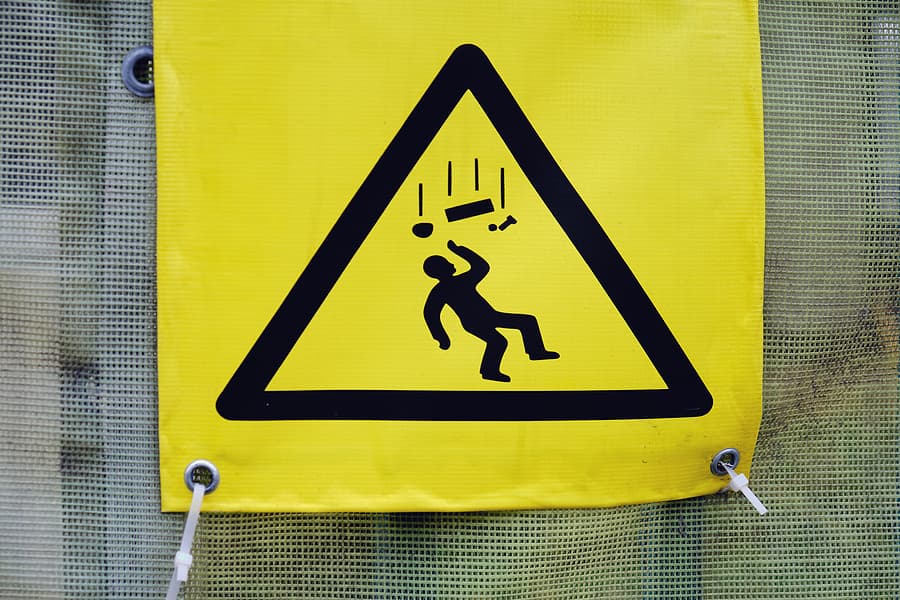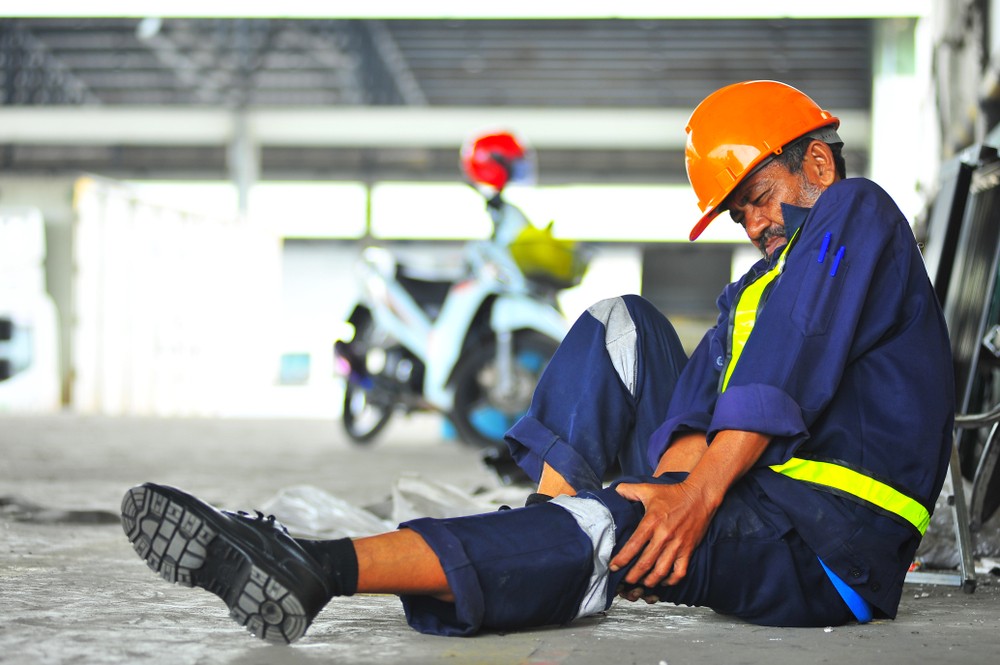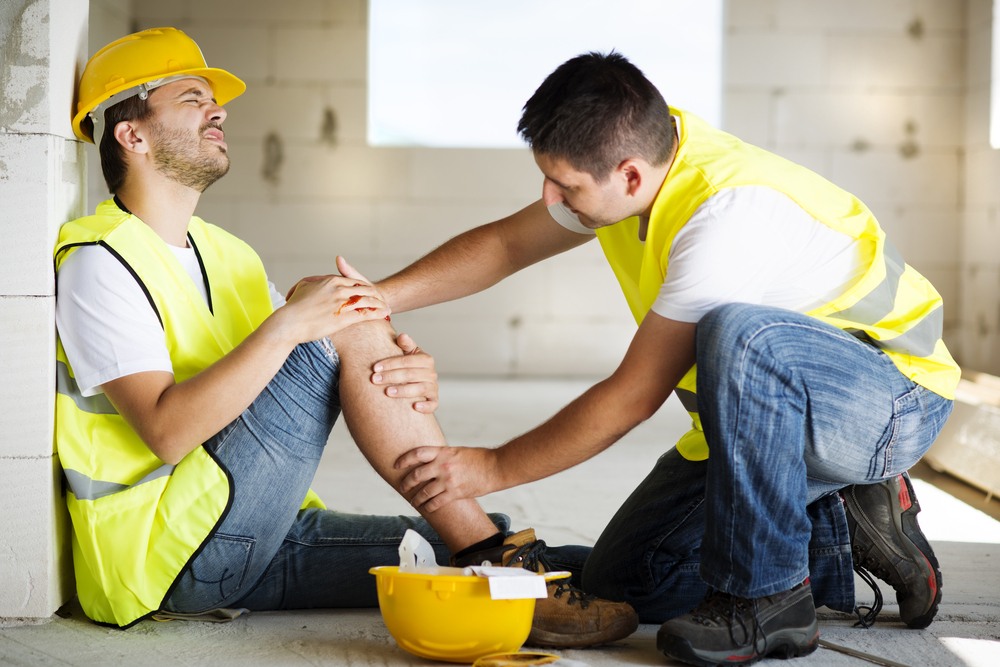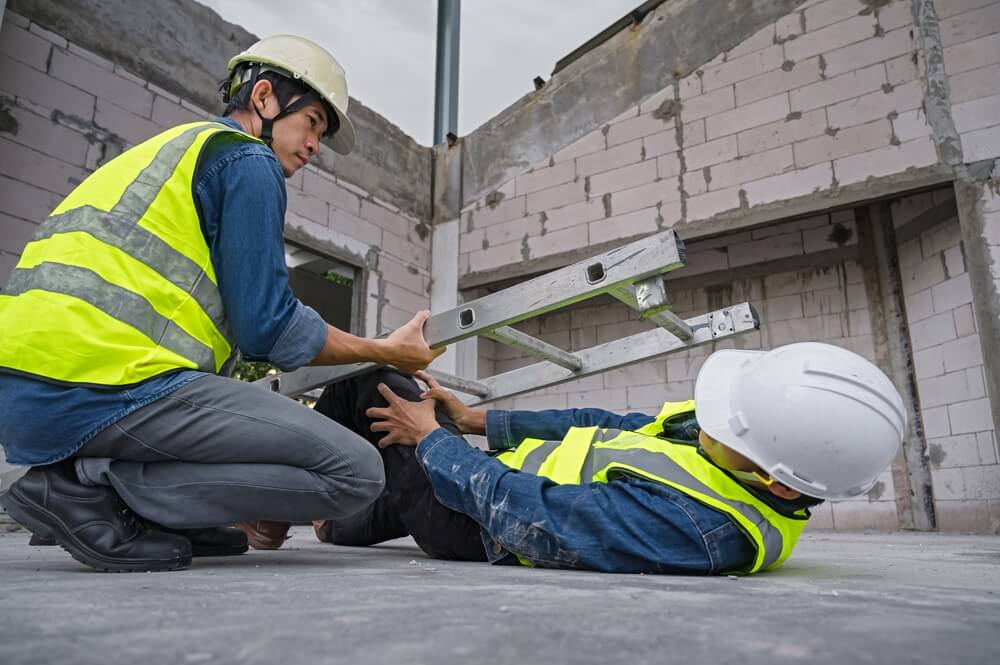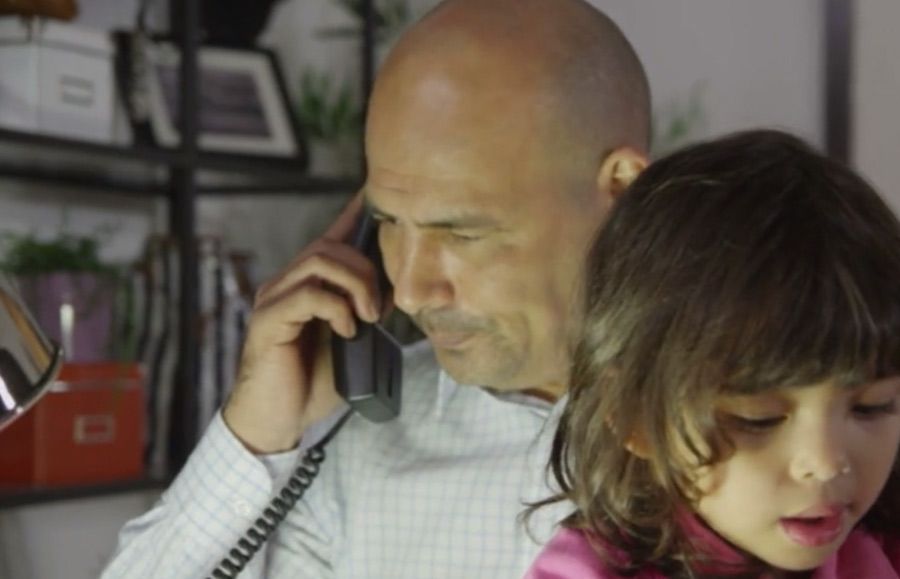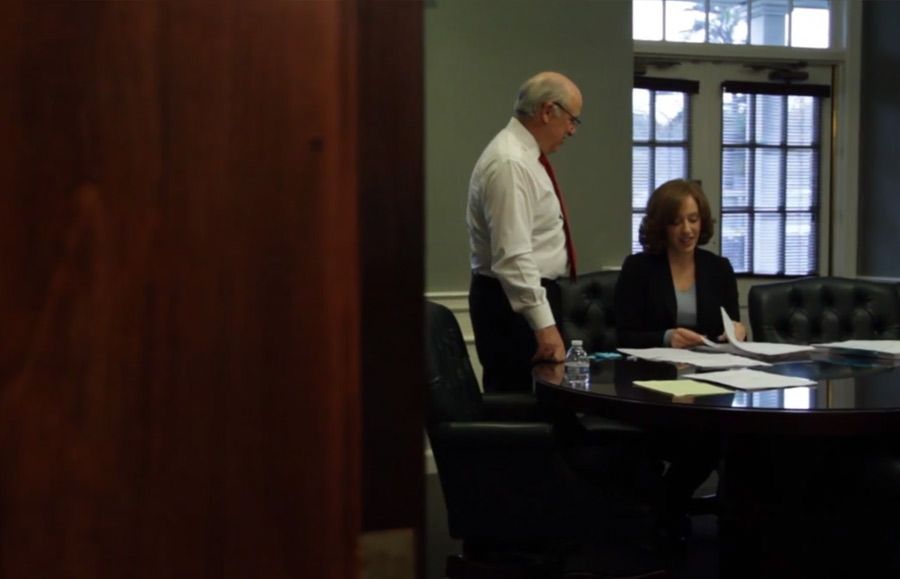People in many occupations have to use ladders to perform various tasks relating to their jobs. Their importance in completing work means ladders must be safe for people to use without fear of unnecessary accidents. When an employer does not invest proper time and maintenance in caring for ladders, workers can fall or sustain other possible injuries in accidents.
People who suffer injuries in these accidents will want to quickly seek the help of an experienced New York ladder fall attorney.
The United States Bureau of Labor Statistics (BLS) reports 59 fatal work injuries in New York City in 2020, less than the high of 191 in 1993 but more than the low of 56 in 2013 and 2016. The New York City Department of Health and Mental Hygiene reports that falls were over half (58 percent) of fatal unintentional injuries among construction workers, with most fatal falls occurring on scaffolds (25 percent), followed by ladders (16 percent) and roofs (11 percent).
For a free legal consultation, call 631-451-7900
New York Ladder Laws
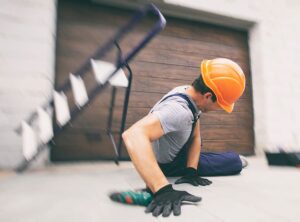 New York Labor Law § 240(1) establishes that property owners and general contractors can be strictly liable for injuries resulting from ladder falls. Strict liability is significant to victims in these cases because they will not have to prove negligence by a property owner or general contractor to prevail in an injury claim.
New York Labor Law § 240(1) establishes that property owners and general contractors can be strictly liable for injuries resulting from ladder falls. Strict liability is significant to victims in these cases because they will not have to prove negligence by a property owner or general contractor to prevail in an injury claim.
New York Safety & Health Code § 23-1.3 further provides that building owners and contractors must provide safe working conditions and workplaces for their employees. Construction workers in New York City have the right to sufficient safety devices necessary to perform their jobs, including, but not limited to, work materials and a controlled working environment.
Occupational Safety and Health Administration (OSHA) Standard Numbers 1926.1053 and 1910.23 also relate to ladders. OSHA rules dictate that employers must provide a stairway or ladder at all worker points of access when there is a break in elevation of 19 inches or more with no ramp, runway, embankment, or personnel hoist available.
If there is only a single point of access between levels, then employers must keep the access clear of obstacles to permit free passage by workers. Employers must ensure that at least one access point remains clear if levels have more than two access points.
Employers must also install all required stairway and ladder fall protection systems and ensure that a worksite will meet all stairway and ladder rules requirements before employees use stairways or ladders. Details of the standard are in Title 29 Code of Federal Regulations (CFR) § 1926.1050-1060.
Reasons Why Ladder Falls Happen in New York
Many people working on ladders make conscious efforts to minimize their risks of injuries but cannot avoid some accidents simply because of the negligence of others.
Some of the most common reasons that ladder accidents occur include, but are not limited to:
- Oil, grease, or other hazards on ladders
- Ladders loaded beyond their capacity
- Falling objects
- Ladders used for reasons other than their designed purposes
- Placement of unsecured ladders on unstable, uneven, or slippery surfaces
- Ladders tipping over
- Placement of ladders in passageways where they will be more likely to be shifted or moved by other workers
- Ladders built on job sites with unevenly-spaced or crooked rungs
- Unsecured ladders placed on unstable, uneven, or slippery surfaces
- A-frame ladders used in closed positions
- Placement of ladder where conductive rails can involve exposure to electricity
- Defects in ladder designs
- People or vehicles colliding with ladders
- Failure of workers to follow safety procedures
Click to contact our personal injury lawyers today
Types of Ladder Fall Injuries
Falls from ladders usually involve workers falling from significant heights. Such falls involve people hitting the ground with tremendous force, but some workers can also strike other objects while falling, worsening their injuries.
Any person who falls from a ladder must receive proper medical attention right away to get an accurate diagnosis of their condition and create a medical record that will be critical for any subsequent injury claim. Most insurance companies will not pay anything without proof of injuries, and receiving medical care ensures that you have a medical professional on the record stating that you suffered injuries and also speaking to the severity of such damages.
Some of the kinds of injuries that can result from ladder falls can include, but are not limited to:
- Traumatic brain injuries (TBIs)
- Closed head injuries
- Skull fractures
- Concussions
- Spinal cord injuries
- Paralysis
- Fractures or broken bones
- Contusions
- Lacerations
- Back injuries
- Herniated discs
- Knee injuries
- Joint damage
- Leg injuries
- Sprains and strains
- Neck injuries
- Arm injuries
- Internal injuries
- Permanent nerve injuries
If a worker dies because of a fall from a ladder, New York Estates, Powers & Trusts Law§ 5-4.1 establishes the cause of action for a wrongful death claim. The law explicitly empowers the action by a personal representative, meaning that family members cannot file wrongful death lawsuits unless they are also the personal representative of a decedent’s estate.
Damages go to parties eligible to recover under intestate law, in proportion to financial losses, except that in cases involving a surviving spouse and parents but no children or grandchildren, the parents can also recover in proportion to their financial loss.
Financial damages to the next of kin can include loss of support, voluntary assistance, possible inheritance, and any medical and funeral expenses incidental to death. Gonzalez v. New York City Housing Authority, 77 N.Y.2d 663, 569 N.Y.S.2d 915 (1991) was a case in which the New York State Court of Appeals held that factors relevant to the decedent’s earning potential can determine a financial loss arising from the death of a wage earner.
These include present and future earnings, the potential for advancement, and the probability of means to support heirs, as well as factors regarding the decedent’s age, character and condition, and the circumstances of the distributees.
Complete a Free Case Evaluation form now
Damages in New York Ladder Accident Cases
If a ladder accident case happens to go to a court of law, a victim may recover compensation, better known as damages, for all of their losses. Damages usually come in economic and non-economic forms.
Economic damages are actual and tangible financial losses that can be calculated and proven. Non-economic damages are far more subjective non-pecuniary losses relating to a victim’s physical and mental harm.
Typical economic damages include:
- Medical Expenses
- Lost Wages
- Property Damage
- Costs of Long-Term Care
- Physical Therapy Costs
- Rehabilitation Expenses
Non-economic damages often include:
- Pain and Suffering
- Loss of Enjoyment of Life
- Emotional Distress
- Disfigurement
- Physical Limitations
- Mental Anguish
A much less common form of damages is punitive damages, otherwise known as exemplary damages. Punitive damages are difficult to obtain and require proving that a defendant acted with gross negligence, with a standard definition of conscious disregard or indifference to the safety, life, or rights of others.
This is much different from the standard consideration of negligence, in which an offending party acts only without reasonable care. Unlike other states, New York does not impose any limit or “cap” on punitive damages.
New York Ladder Accident Case Law
In Haimes v. New York Telephone Company, 46 N.Y.2d 132, 412 N.Y.S.2d 863 (1978), the New York State Court of Appeals heard a case involving a violation of New York Labor Law § 240. Edward Haimes was painting a cornice at the roof level of a building owned by the New York Telephone Company when his ladder toppled and threw him 18 feet to the ground, causing him to lose his life.
After a nonjury trial concerning the liability issue, the trial court dismissed the complaint premised only on the violation of section 240. The court did this because the plaintiff failed to establish the control or supervision that the trial judge believed the statute required for the owner’s liability.
The Appellate Division, however, reversed the decision, siding in favor of the plaintiff and remitting the matter for assessment of damages. The Court of Appeals concluded that the complaint should not have been dismissed, holding that section 240 was one of New York’s long line of legislative efforts to eliminate dangers to the health and safety of people working in hazardous occupations.
The Court of Appeals held that the plaintiff who fell was inadequately secured from slipping and such was the owner’s responsibility, even if it was the painter’s ladder. The case demonstrates that even when a plaintiff fails to secure their own ladder, the owner can still be liable with no claim of comparative fault.
In Blake v. Neighborhood Housing Services of New York City, the New York State Court of Appeals somewhat contradicted its finding in Haimes. Rupert Blake was operating his own contracting company and working alone on a renovation job at a two-family house in the Bronx. At the same time, Neighborhood Housing Services of New York City (NHS) was a not-for-profit lender providing low-interest financing to facilitate the project.
His case involved an extension ladder that retracted, and Blake testified that he did not know why it retracted, confirming that it had been steady and free from defects. Blake owned and set up the ladder, and a jury found Blake to be the sole cause of the accident.
The Court of Appeals affirmed this finding. This case is now the defense of sole proximate cause in New York Labor Law § 240, despite the statute itself precluding the claim of comparative fault.
Stolt v. General Foods Corp. involves the recalcitrant worker defense that was an often attempted defense in defending New York ladder cases involving New York Labor Law § 240 violations. The claim involves a worker refusing to use available safety devices.
According to the New York State Court of Appeals, a mere allegation that a plaintiff disobeyed a supervisor’s instructions when they climbed a broken ladder does not provide a basis for a defense against the plaintiff’s Labor Law § 240 (1) cause of action. The court noted that instruction to avoid using unsafe equipment or engaging in unsafe practices is not a safety device.
In Jastrzebski v. North Shore School District, the recalcitrant worker defense succeeded when Ryszard Jastrzebski was on a ladder working with plywood. A supervisor told him to get off the ladder because it was no good and instead use scaffolding. When the supervisor left, Jastrzebski once again used the ladder and fell. The instruction made the proper safety advice available.
Palacios v. Lake Carmel Fire Dept., Inc. was a Second Department Appellate Division case in which Jorge A. Palacios suffered an injury after falling from an aluminum extension ladder while he attempted to install metal studs for the roof soffit of a new firehouse. Palacios testified that he was using a ladder rather than a scaffold because the owner of the company that employed him, NAK Design & Construction Corp., instructed him not to disassemble and move a large scaffold adjacent to the work area.
Palacios made a prima facie showing of entitlement to judgment as a matter of law on the cause of action that alleged a violation of Labor Law § 240 (1) by establishing that he fell from an unsecured ladder while engaged in a work-related activity at the elevated work site. Still, NAK raised a triable issue of fact regarding the availability of adequate safety devices. The court noted that while a defendant can escape liability under Labor Law § 240 (1) when they show an injured worker refused to use the safety devices the employer provided, the mere presence of alleged safety devices somewhere on the job site will not defeat liability.
Gordon v. Eastern Railway Supply, Inc. was another case in which the court rejected the recalcitrant worker defense. Albert Gordon was standing on a ladder leaning against a railroad car while using a hand-held sandblaster to clean the exterior of a vehicle when he suffered an injury after falling from the ladder.
Call a Construction Accident Lawyer Today for a Free Consultation if You Fell off a Ladder
Did you or your loved one sustain severe injuries in any fall from a ladder while working in New York City? You should know that state law can provide you with much-needed financial compensation for your losses, and you will want to contact our New York law firm for assistance recovering as much as possible.
You need a law firm that knows how to properly investigate these cases and secure all the evidence necessary to prove your claims in court. You may call us or contact us online to arrange a free consultation so we can exhaustively review every last detail of your case and outline what legal steps you can take.
